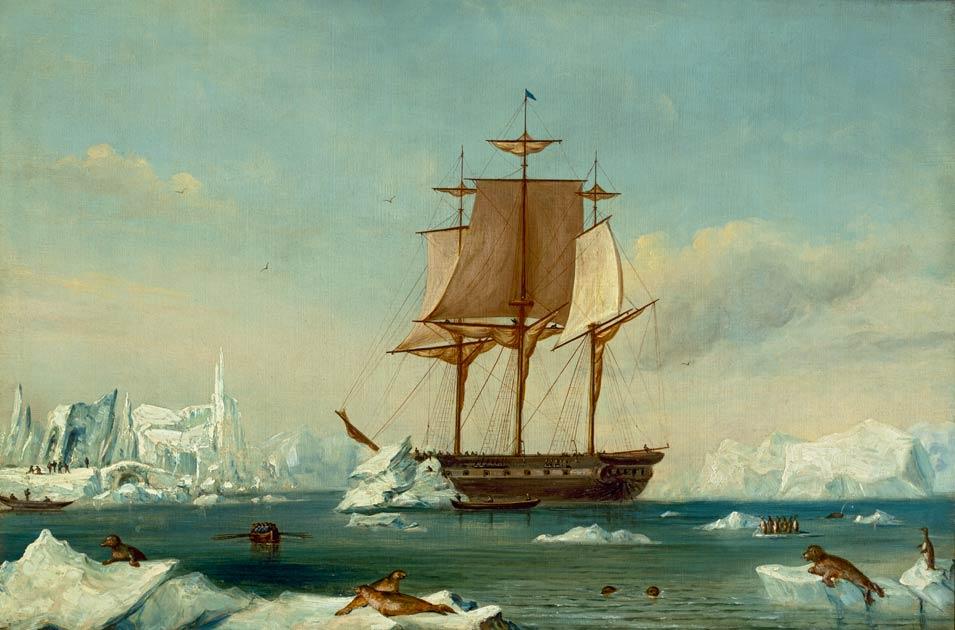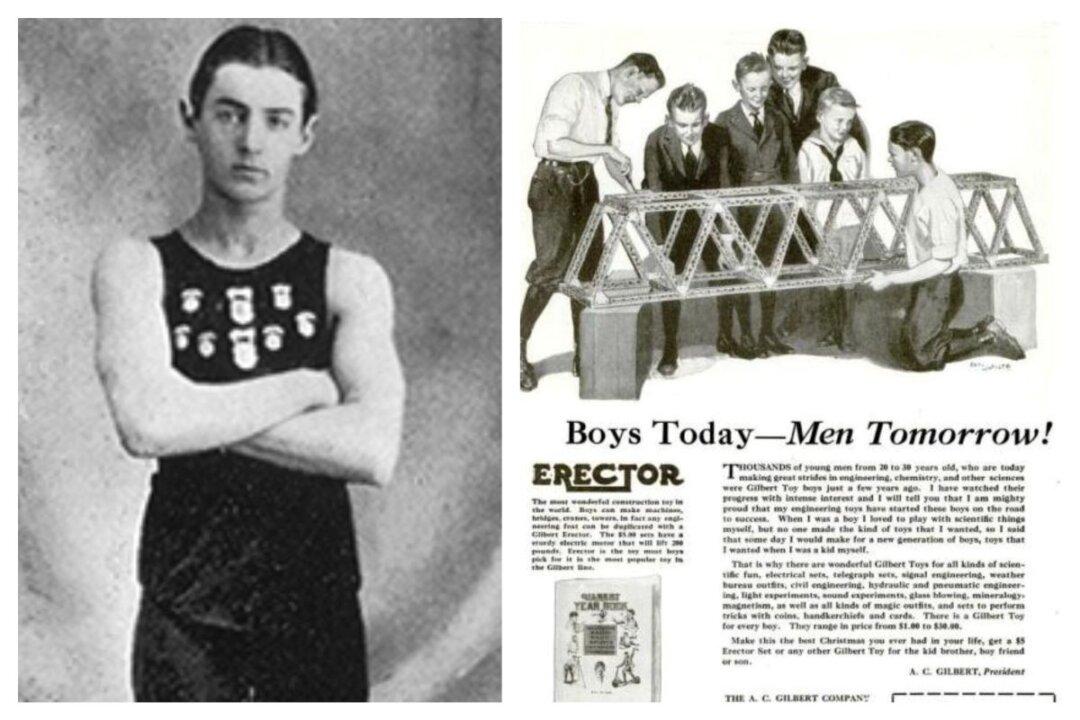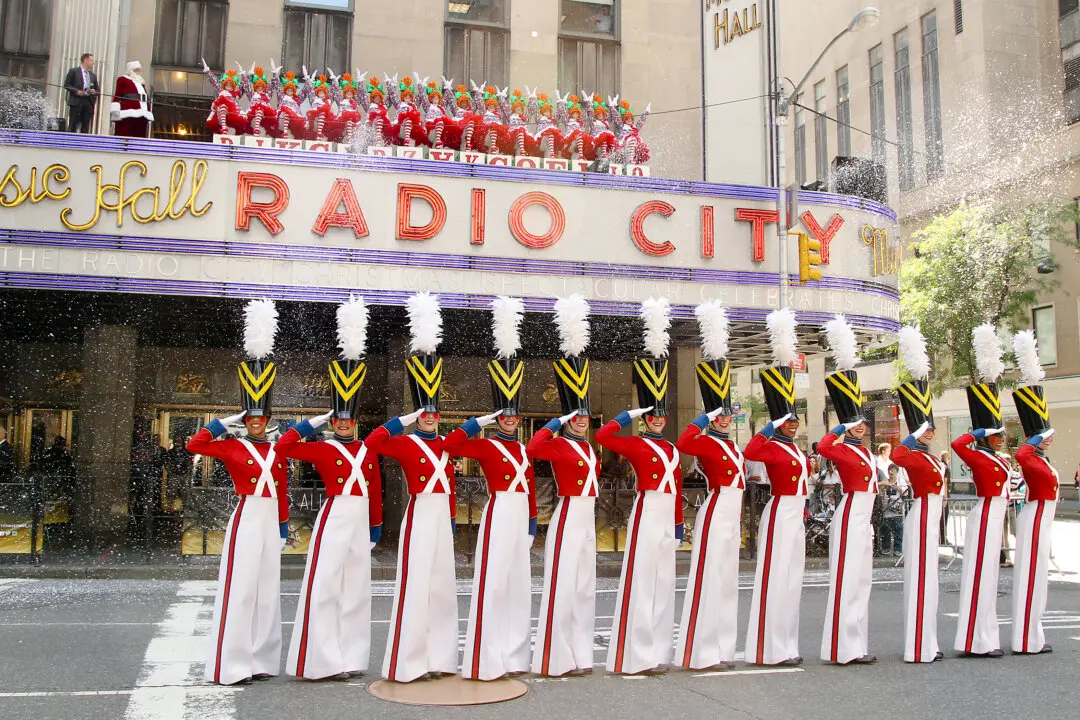The 19th century was the Age of American Expansion. Twenty years after signing the Treaty of Paris in 1783, America signed the Louisiana Purchase, doubling the size of the new nation. A year later, the Lewis and Clark Expedition began. Thirty years after this expedition, a journalist and explorer by the name of J. N. Reynolds stood before Congress and exhorted the political body to sponsor a maritime exploration of the Pacific Ocean and the South Seas.
Reynolds finished his exhaustive speech, stating that Europe “cast her jewels upon the waters, and fortune paid her with a new world, from which has sprung a race of men, who have given new hopes to liberty, when it was nearly lost; and who are now struggling to throw back on Europe, with interest and gratitude, the rays of light we have received from her.”






